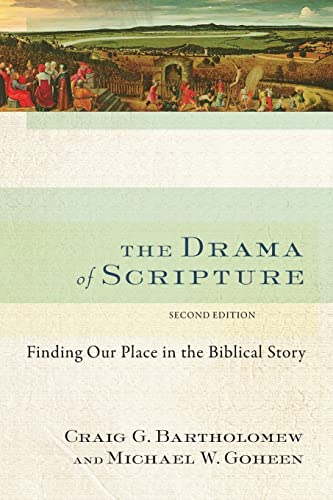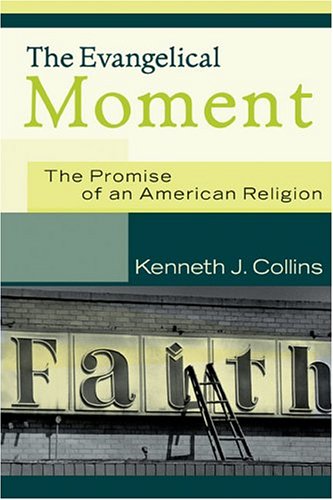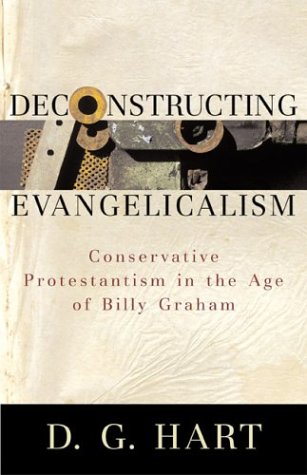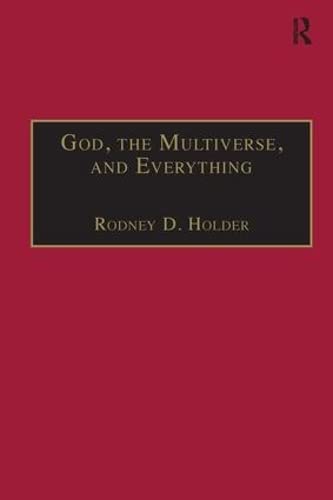USELESS BEAUTY: ECCLESIASTES THROUGH THE LENS OF CONTEMPORARY FILM
Written by Robert K. Johnston Reviewed By Doug IngramJohnston states, ‘In this book, we will be taking Ecclesiastes to the movies’. He engages in a two-way dialogue between the biblical book and a number of contemporary films (most notably American Beauty and Magnolia, but also Run Lola Run, Monster’s Ball, Signs, Election and About Schmidt). Rather than doing what usually happens when theology and film meet—moving from biblical text to film, whereby the film is assessed on the basis of ‘ “truth” already understood’—Johnston seeks to ‘reverse the interpretative flow’ and start the dialogue from the perspective presented in films. Thus he gives quite detailed overviews of the various films he discusses, and most of the ‘dialogue’ takes the form of quotes from Ecclesiastes, placed in italics at appropriate points in his treatment of the films, and a brief consideration of relevant aspects of Ecclesiastes at the end of each chapter. In addition, the Preacher (Qohelet) of the book of Ecclesiastes rather gets his own back here: just as in the biblical book the Preacher’s words are preceded by an introduction and followed by an epilogue which makes a considerable difference to the way the book as a whole is read, so here the opening chapter of Johnston’s book considers ‘Ecclesiastes and Our Contemporary Culture’, and the closing chapter is designed to ‘let the “Preacher” Respond’ to the voices Johnston teases out of the films in the intervening chapters. This time, then, the preacher has the first and the last word (or at least Johnston’s reading of the Preacher’s words does!). In the opening chapter Johnston explains that at the heart of the book of Ecclesiastes are the paradoxes and contradictions that are ‘recognized as central by postmodernity’. Thus the Preacher deals with the very same kinds of issues that we encounter in many contemporary films: ‘Themes of life and death, choice and chance, loneliness and connection, God’s absence and presence.’ Yet, on the other hand, ‘Life begs to be enjoyed for what it is, even given its contradictions.’ This is the fragile beauty (or ‘useless beauty’ of the title, taken from the Elvis Costello song ‘All This Useless Beauty’) that, Johnston claims, is so important an element in Ecclesiastes and in many otherwise rather pessimistic or cynical contemporary films, However, he also notes that for the preacher ‘life offers itself as a gift from the Creator’, and this is one way in which Ecclesiastes is markedly different from the films he discusses. In the concluding chapter, Johnston brings to Ecclesiastes the themes and concerns he has found in the various films and allows the Preacher to respond. In this way, he finds that careful consideration of these films on their own terms can ‘bring the biblical text to life once again’. He explains: ‘Readers of Ecclesiastes have often become bogged down trying to think their way beyond the literally given instead of first experiencing life’s paradoxical truth. First-order experience’ not second-order critical abstraction, can best unlock the wisdom of this enigmatic book. This we have encouraged by way of the stories filmmakers have given us.’
In my opinion Ecclesiastes is a peculiarly postmodern piece in the ot and the dialogue Johnston engenders between this book and a number of films which tackle themes of particular interest in our postmodern society provides some fruitful avenues for a fresh engagement with the words of the ancient Preacher.
Doug Ingram
St John’s College, Nottingham







